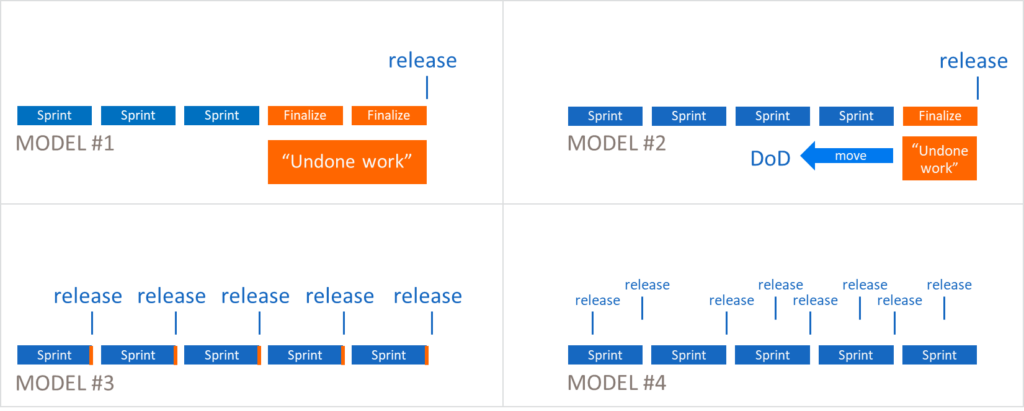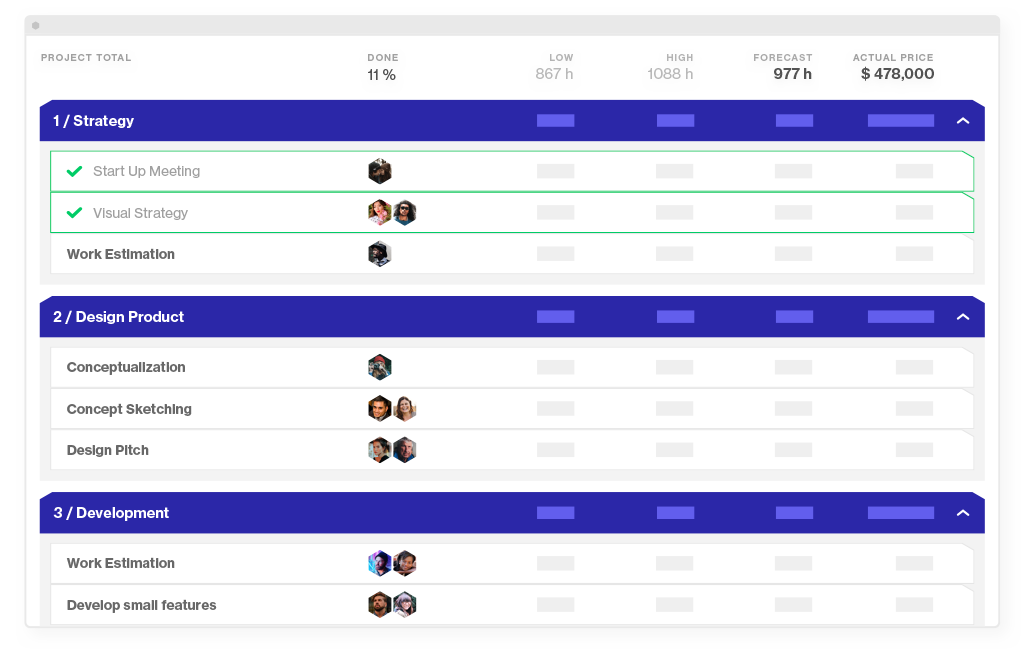
The total ROI figure represents what the return is over and above the costs of the programme. ROI = (net programme benefits / total programme costs) x 100%

This is usually done through a ROI calculation: Once the total benefit has been calculated, this is then compared to the cost of the programme. If there is no credible data available about the cost of each unit, it’s best not to convert this measure to a monetary value. Now look what the cost will be to repeat business and add all the costs together. Also consider staff time to deal with the complaint. Consider any direct costs, for example, gift vouchers that are sent to the person who made a complaint. What happens if you are unsure of how much a complaint costs the company? This figure can be calculated a number of ways. The change in the measure over a set period of time should be multiplied by the cost of each unit of change.ĭon't miss out on our latest magazine subscription offer - click hereįor example, a complaint may have an estimated cost of £5,000 to the organisation, and if there have been a reduction of 70 complaints in the year following the training (after isolation), the total benefit from the intervention = £5,000 x 70 = £350,000. As discussed previously, this should only be done for credible measures. Some, such as increased turnover, may be readily available in a monetary format, while others will require conversion. Looking at business impact measures will calculate the monetary benefit of the programme. Once you have calculated the cost, you need to compare this to the benefit. If staff require any training to be able to complete an evaluation, then ensure to include costs such as time and course fees.Ĭosts such as a training needs assessment, programme development and design, and acquisition should be pro-rated and divided across the expected shelf-life of the programme, not attributed fully to the ROI calculation. Include the cost of any evaluation materials, analysis or data collection tools, and the distribution of any reports. The time employees spend out of work completing the training and any pre- or post-coursework should also be included.Įvaluation costs - This would cover the fees of any external evaluators or the time internal staff spent evaluating the training. You also need to include the cost of training facilities and refreshments or supplies. However, if an employee ran the training, make sure you calculate their time, including travel and subsistence. Programme development and design costs - This includes any time spent researching or designing the programme, the purchase of the training programme or supplies, or the use of consultants.ĭelivery costs - Any external instructor or facilitator costs would be included here. This will include any staff time spent on conducting an assessment or external consultant fees. Planning costs - This covers any work selecting the training programme, such as a training needs assessment or stakeholder analysis. When calculating the it’s obviously important that you use accurate, reliable, and realistic figures so that any resulting costs are seen as credible. This will ensure you have an accurate and credible view of the potential benefits of the programme in comparison to its cost.Įven if you aren’t conducting an evaluation, accurate cost information can give you an idea of how much you spend in comparison to other similar organisations, and to stimulate discussion on how much you should be spending on training. However, when carrying out an evaluation it’s important to consider all training costs, including indirect, for example, participants’ time.



When conducting training, it’s important to know how much it is going to cost you and most organisations will have this information readily available.


 0 kommentar(er)
0 kommentar(er)
